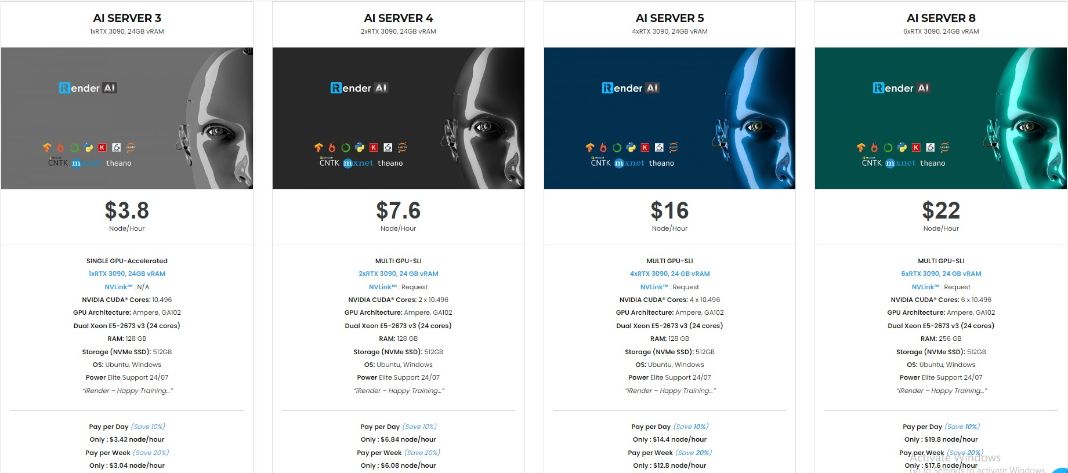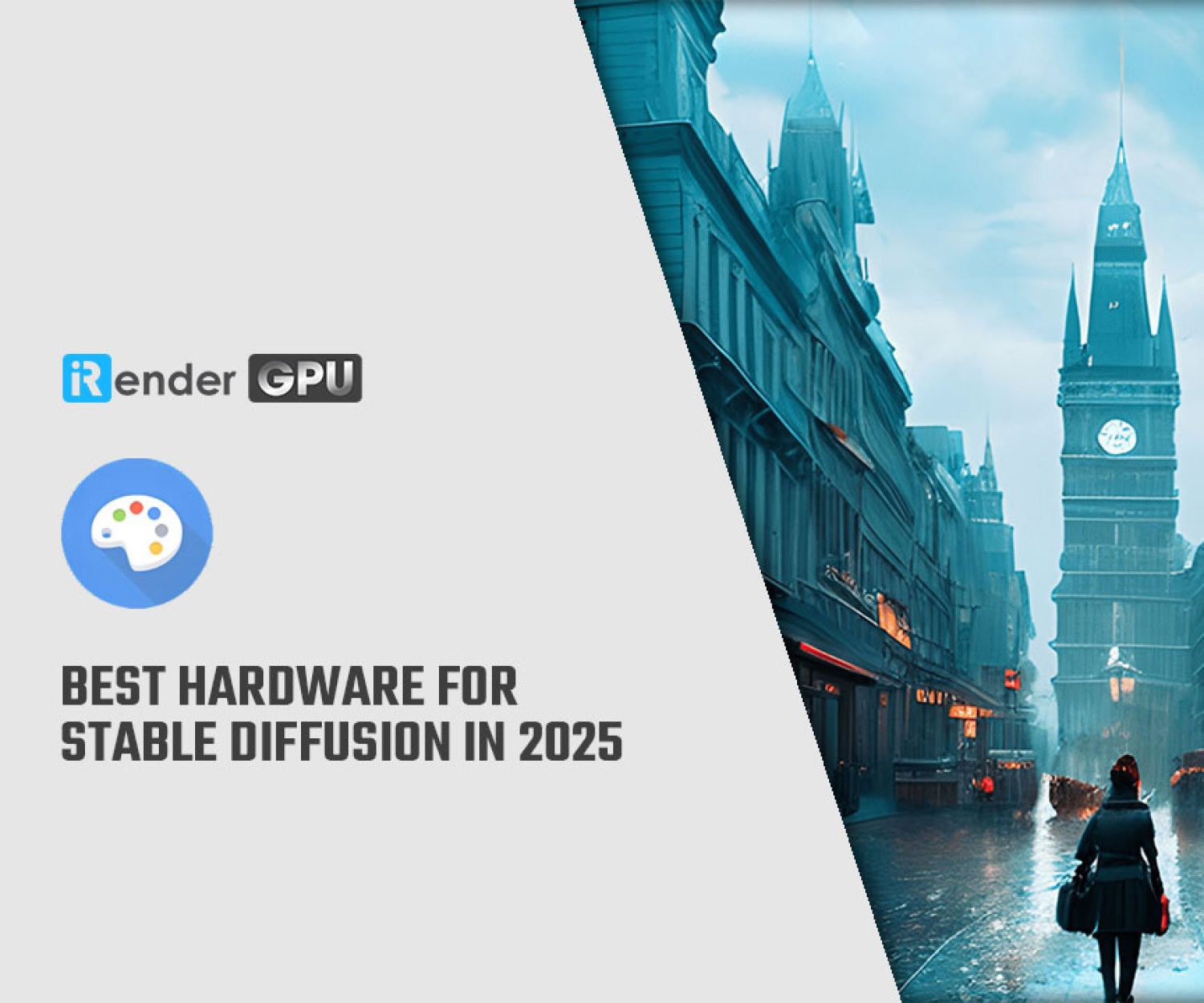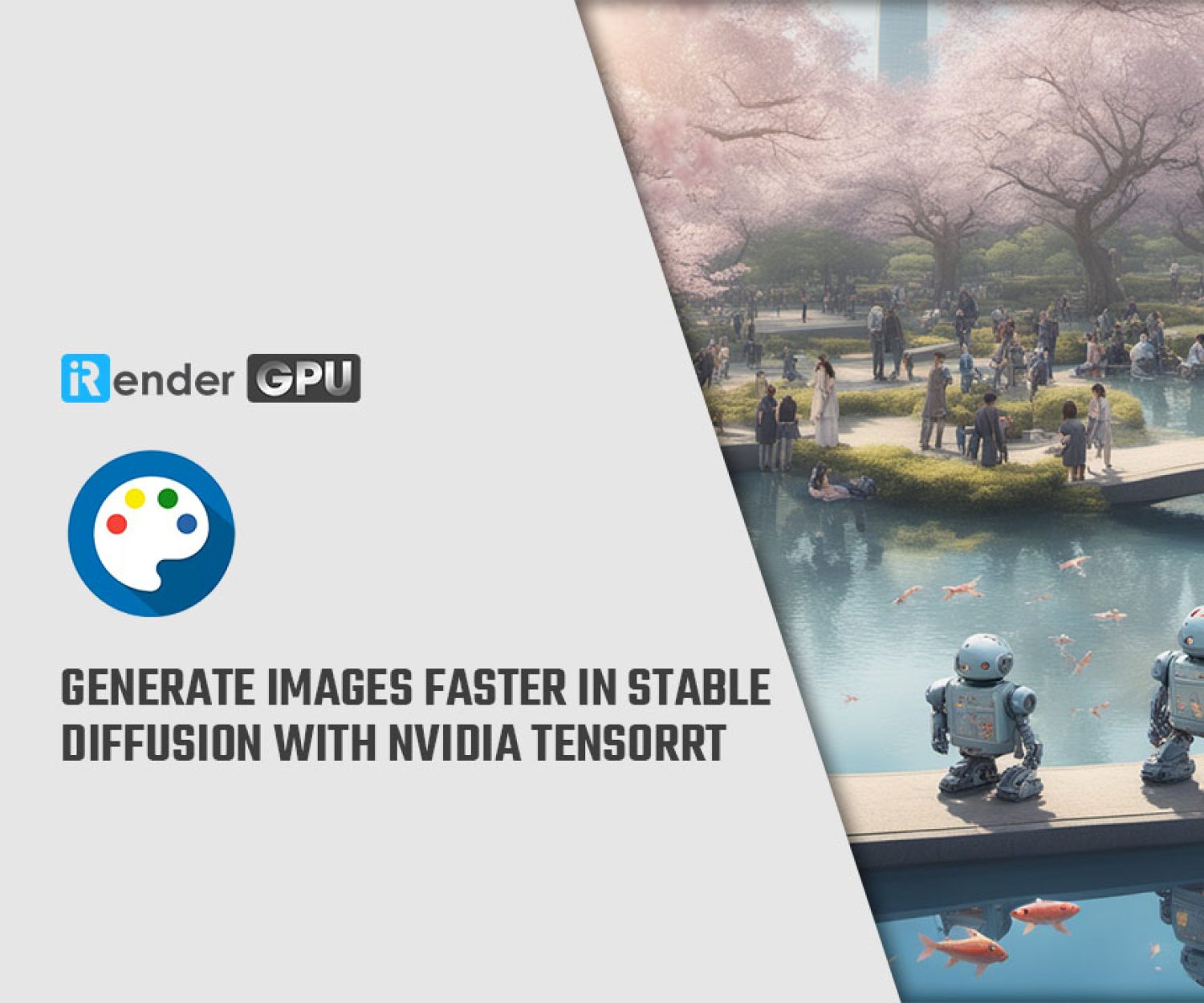10 algorithms changing health care (part 2)
In the previous article, we have explored 5 first algorithms, which are: Fourier transform, TCP/IP, RSA, MUMPS and Probabilistic Data Matching. In this article, let’s have a look at 5 others.
6. Blast: Analyzing Gene and Protein Sequences
High-throughout sequencing has ushered in a new age of genetic discovery, enabling us to cheaply and quickly find mutations among the 3 billion base pairs of the human genome. However, Identifying mutations is just the first step. It falls to biologists, aided by computer algorithms, to make sense of the growing body of data, to work out which genes and proteins confer disease and how. Chief among those algorithms is the search tool, BLAST (Basic Local Alignment Search Tool). BLAST, a search algorithm, accomplishes this by comparing a sequence to a library or database of sequences and relevant scientific papers. Publications about BLAST hold the 12th and 14th spots in a list of the 100 top-cited science papers of all time, according to the journal, Nature. However, Clustal, a similar program for aligning multiple sequences at once, has surpassed BLAST (according to Nature).
7. Neighbor-joining: Phylogenetics
No. 20 on Nature’s list of top-cited science papers is a study explaining the “neighbor-joining” algorithm. When paired with genetic sequencing, it allows biologists to better understand the evolutionary relationships among species or populations – to trace the phylogenetic relationships within major branches of the tree of life. People use phylogenetic trees in drug development to, for example, identify closely related, naturally occurring chemical compounds suspected to have medicinal value. Phylogenetic trees of pathogens help scientists understand the adaptive evolution of bacteria, viruses and parasites – how they infect hosts, subvert immune systems and resist treatment.
8. Google search: Page ranking
We do dozens of Internet searches every day using Google or Bing. Whatever the platform, it’s a complex algorithm known as “page rank” that does the work by scouring the Internet for pages containing the key words you enter and then ranking them based on factors, such as their location or their frequency of use. “Googling” answers our burning questions, or at least gives us a start, so that patients can reach information in an easy way.
9. Medical Algorithms: Decision aids for better, safer care
With increasing awareness of medical errors – believed to be responsible for more than 100,000 deaths a year – health professionals are now using checklist to safeguard from mistake and guide delivery of care. A medical algorithm can be as low-tech as a look-up table or decision tree (if symptoms A, B and C are evident, then use treatment X). Or it can be as complex as the programming behind mechanical ventilators. Medical algorithms remove some of the uncertainty from medical decision-making and improve the efficiency and accuracy of provider teams. They’re developed by providers for providers, and they’re evidence-based and data-driven.
10. Health score: Quantifying illness
Scoring systems, like Apgar for evaluating a newborn’s condition at birth or APACHE for determining the severity of patients in intensive care, help physicians monitor and predict a patient’s prognosis based on a multitude of factors, from heart rate and oxygen levels to neurological reflexes. It’s a system for seeing a patient holistically, a prognosis or wellness meter.
Conclusion algorithms changing health care
We have explored all 10 algorithms changing health care industry completely. They are mostly for classifying and reviewing data, whether on internet or medical paper or real case, so that doctors can have a better aid to treat patients. With the fast development of AI, Deep Learning and Machine Learning recently, we could expect a future with more meaningful algorithms.
iRender is currently providing GPU Cloud for AI/DL service so that users can train their models. With our high configuration and performance machines (RTX3090), you can install any software you need for your demands. Just a few clicks, you are able to get access to our machine and take full control of it. Your model training will speed up times faster.
Moreover than that, we provide other features like NVLink if you need more VRAM, Gpuhub Sync to transfer and sync files faster, Fixed Rental feature to save credits from 10-20% compared to hourly rental (10% for daily rental, 20% for weekly and monthly rental).
Register an account today to experience our service. Or contact us via WhatsApp: (+84) 916806116 for advice and support.
Thank you & Happy Training!
Source: uofuhealth.utah.edu
Related Posts
The latest creative news from Cloud Computing for AI,







